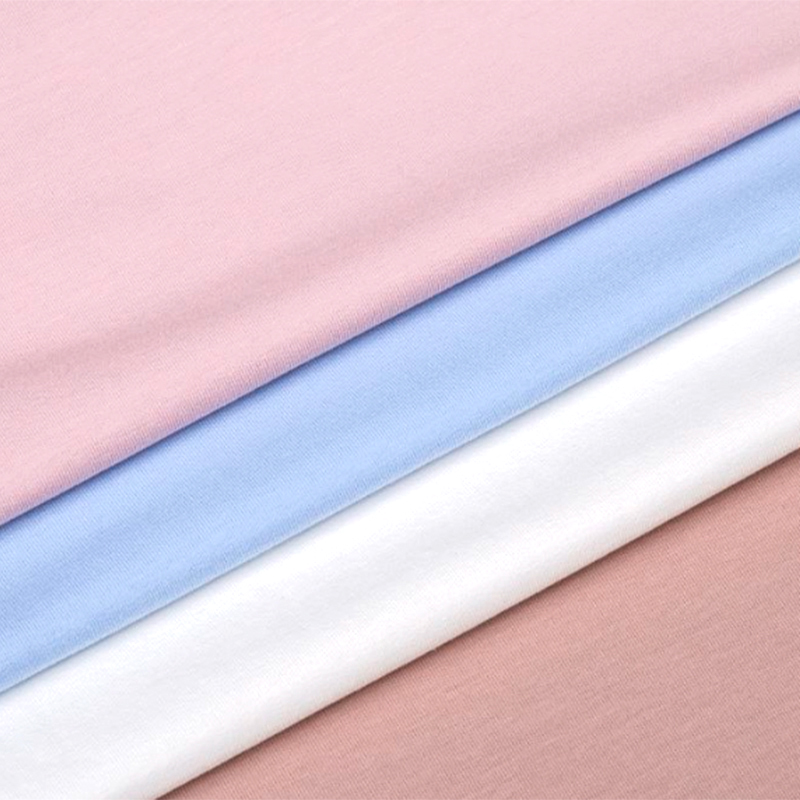Terry cloth fabric is highly favored for its unique looped structure, and different manufacturing processes can impart various characteristics to this fabric. Below, let's explore how manufacturing processes affect the properties of terry cloth fabric.
The different manufacturing processes directly influence the appearance and texture of terry cloth fabric. Some processes focus on the uniformity and fineness of the loops, achieving a smooth and delicate surface texture through meticulous weaving and finishing processes. Neatly arranged loops give a high-quality visual experience. On the other hand, some processes may seek to enhance the fluffiness and three-dimensionality of the loops, employing specific weaving and processing techniques to create loops of different shapes and sizes, adding unique texture and depth to the fabric.

Manufacturing processes also significantly impact the moisture absorption and breathability of terry cloth fabric. Advanced processes optimize the fiber structure and arrangement of loops, increasing the internal voids of the fabric, facilitating easier airflow, and thereby improving breathability. Additionally, these processes enhance the fiber's moisture absorption performance, enabling the fabric to effectively absorb and dissipate moisture, ensuring dry and comfortable wear. Such terry cloth fabrics are ideal for making summer clothing or sports equipment, helping people cope with hot and humid environments.
Differences in manufacturing processes also affect the color and color fastness of terry cloth fabric. Some processes utilize advanced dyeing and printing techniques to produce a wide range of colors while ensuring vividness and colorfastness. These fabrics are visually appealing and meet people's pursuit of beauty and fashion.











